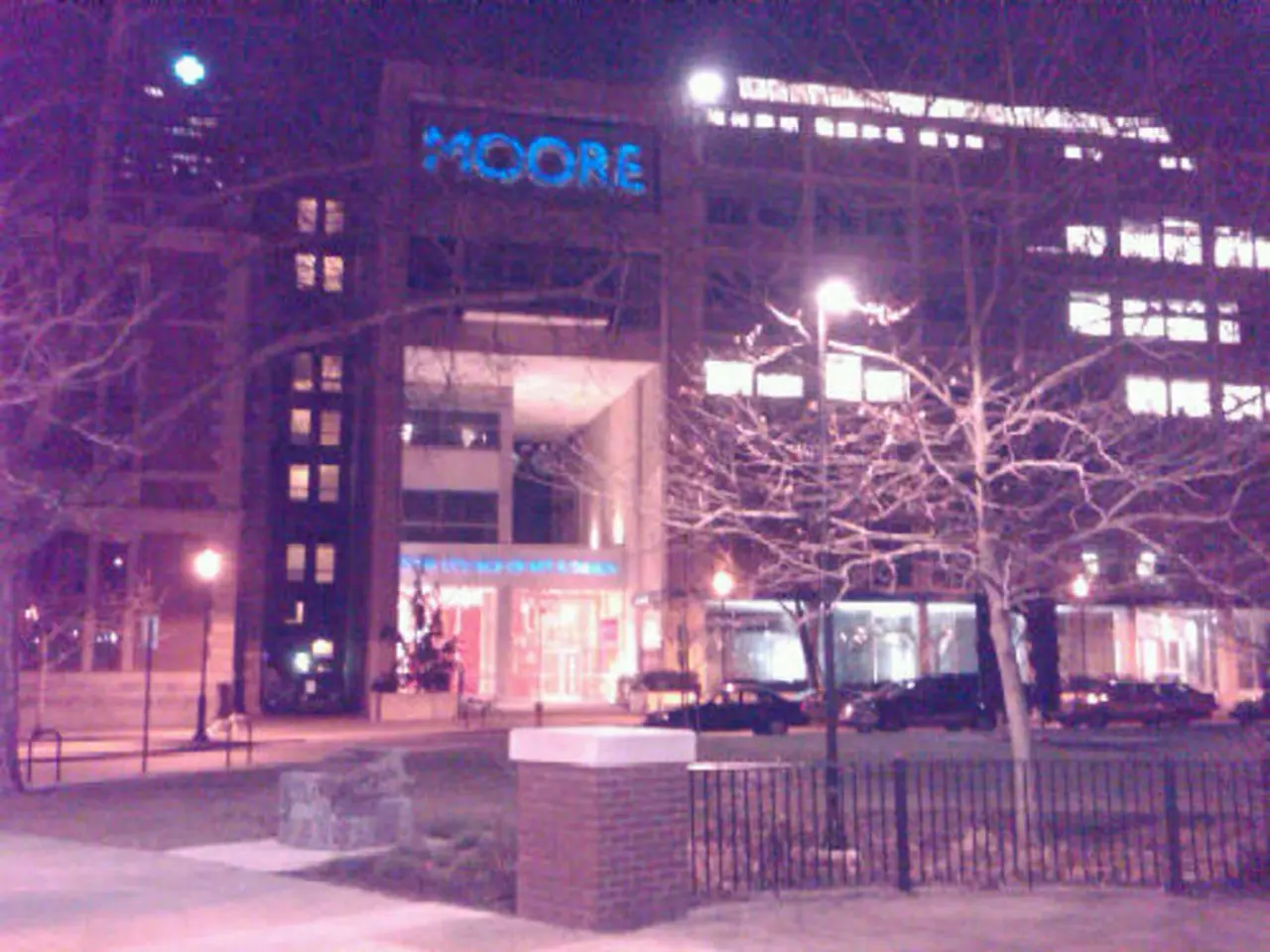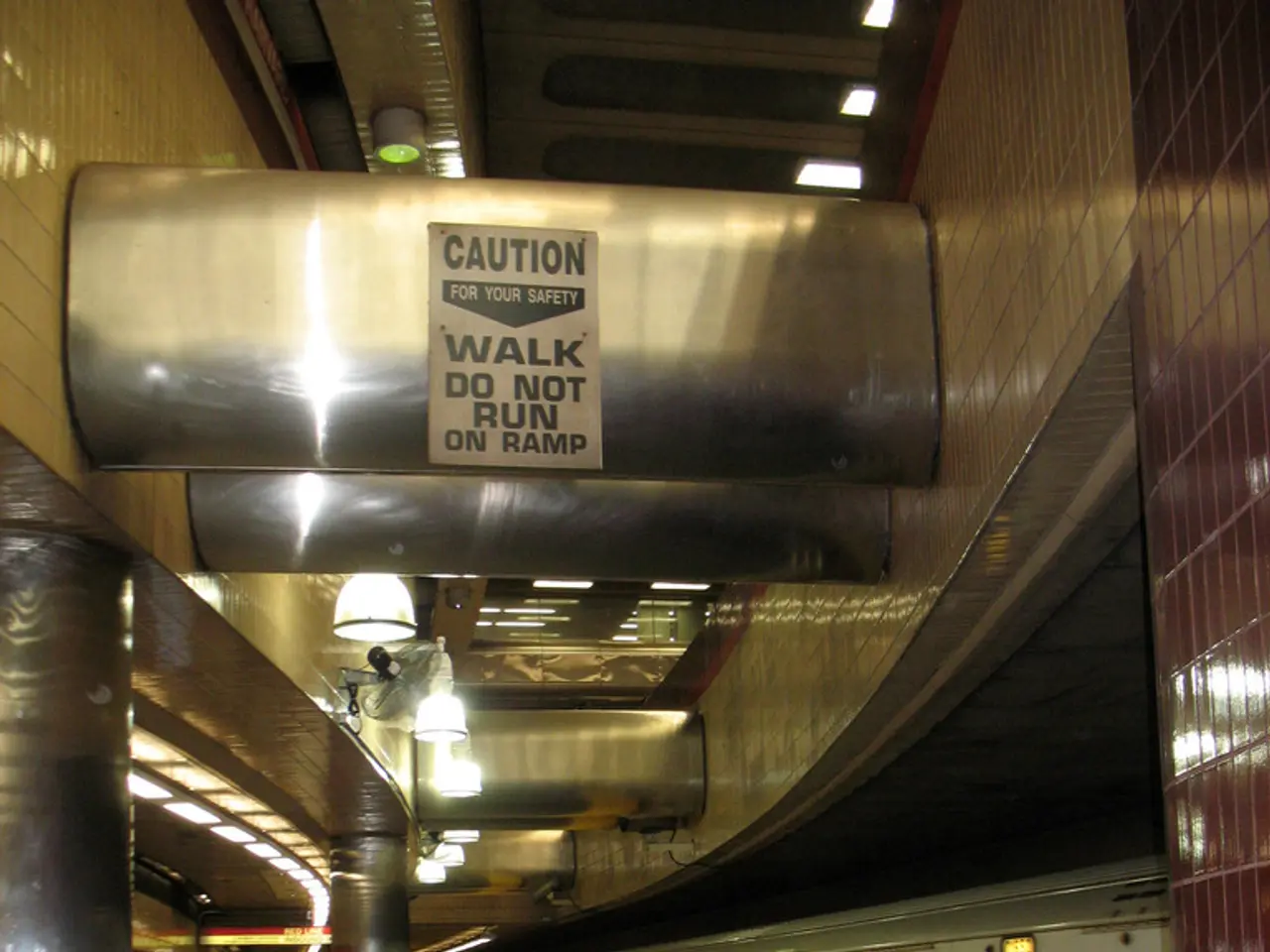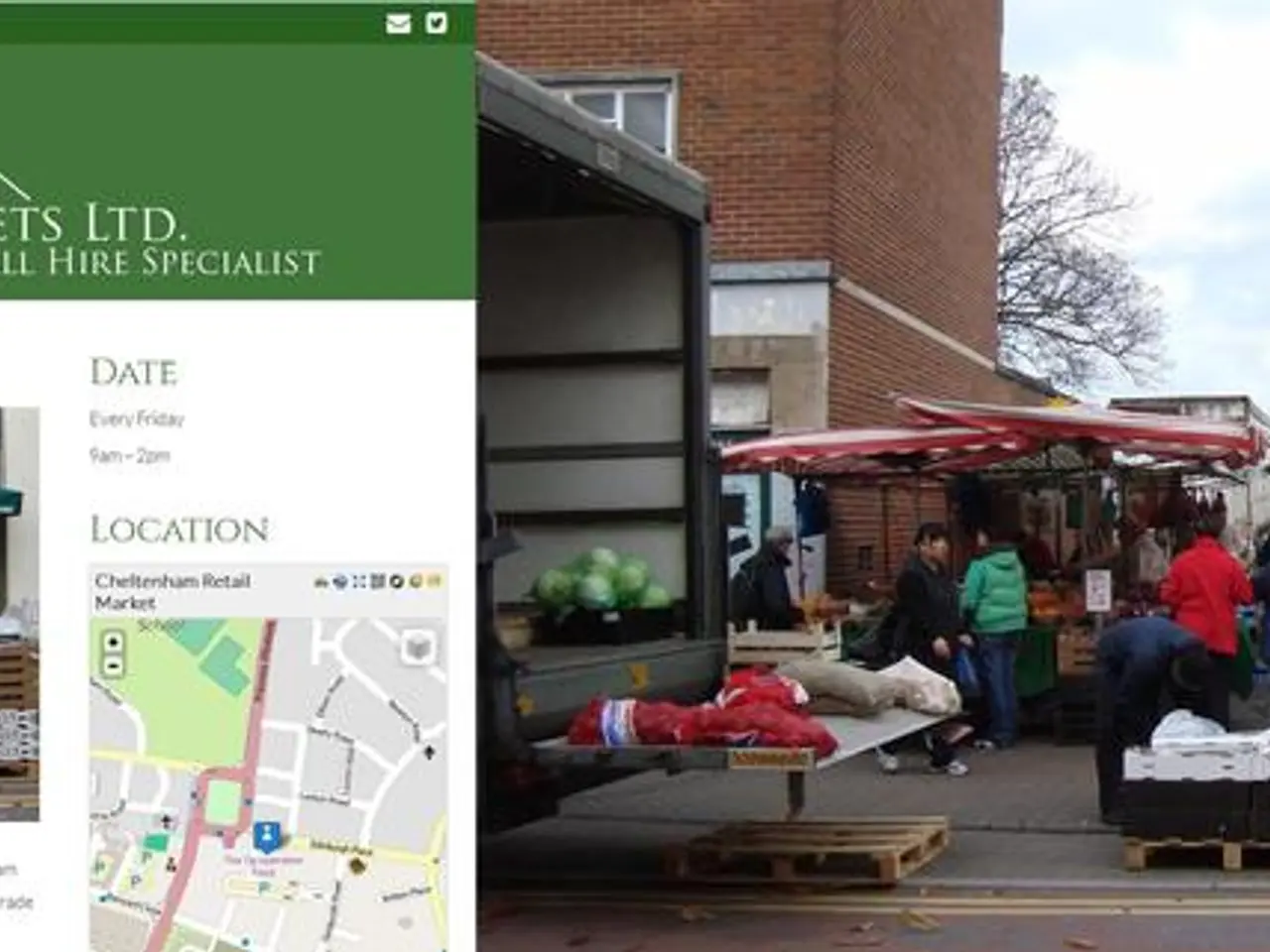Luxury brands are prioritizing authenticity over ambition in their offerings.
In the ever-evolving world of luxury, top-tier clients are driving the market with their substantial spending, accounting for 40% of luxury sales, amounting to €113.6 billion annually. However, according to insights by the Boston Consulting Group (BCG), these high-end consumers are not being adequately catered to by luxury brands.
The primary reasons for this disconnect are a lack of personalization, insufficient innovation in sustainability, inadequate digital experiences, and slow response to changing customer expectations.
Top-tier clients crave bespoke services and products tailored to their individual tastes and lifestyles. Luxury brands often struggle to deliver this level of personalization at scale or with the required depth. Moreover, luxury consumers, particularly high-net-worth individuals, increasingly demand brands to demonstrate authentic commitments to sustainability, ethical sourcing, and social impact. Brands that fail to reposition themselves with strong sustainability credentials risk losing prestige and relevance.
In the digital age, even luxury clients expect seamless, high-touch digital interactions combined with exceptional in-person service. Brands that do not integrate technology effectively to enhance customer journeys fall short. Furthermore, brands lagging in strategy transformation to address the shifts towards experiences, creativity, and brand values lose top clients to more agile competitors.
The personal luxury goods market nearly doubled in size between 2009 and 2019, reaching $332 billion (€284 billion). However, 60% of luxury consumers feel overwhelmed by excessive marketing and generic mass communications. The luxury market slowed to $423 billion (€364 billion) in 2024, and 80% of luxury consumers prefer exclusive, dedicated retail spaces that offer privacy, calm, and high-touch service.
To succeed in the years ahead, brands must refocus on top-tier clients and return to the fundamentals of what true luxury really means. BCG advises that luxury brands should prioritize tailored interaction over outreach, built around personal context, taste, and lifestyle. Brands must recalibrate, not through scale, but precision; not through ubiquity, but intimacy.
Brands with a client base comprised of more than 50% Aspirational consumers, those who spend less than about $6,000 (€5,000) per year, have seen the steepest declines, underperforming sharply over the past 12 months. A sizeable 35% of aspirational luxury consumers have pulled back on luxury indulgence.
BCG puts much of the blame on brands' overemphasis on the aspirational consumer segment for the first major slowdown in the luxury market in 15 years (excepting the Covid years). Brands need to refine their segmentation models to better recognize and treat very important customers.
To build a strong luxury industry, brands must return to what made it exceptional in the first place, as concluded by Bianchi. As the luxury market advanced from $342 billion (€293 billion) in 2021 to $431 billion (€369 billion) in 2023, it is evident that the future of luxury lies in meeting the evolving needs and expectations of top-tier clients.
1.Luxury brand marketing must prioritize personalization, innovation in sustainability, engaging digital experiences, and a swift response to changing customer expectations, as these are the core values that top-tier luxury consumers need and expect, particularly in the current business and finance context.
- In the finance sphere, luxury brands that invest in strategic transformation towards experiences, creativity, and brand values, while adopting technology effectively to enhance customer journeys, will better cater to top-tier clients and reposition themselves as competitive players in the future of the luxury market.




